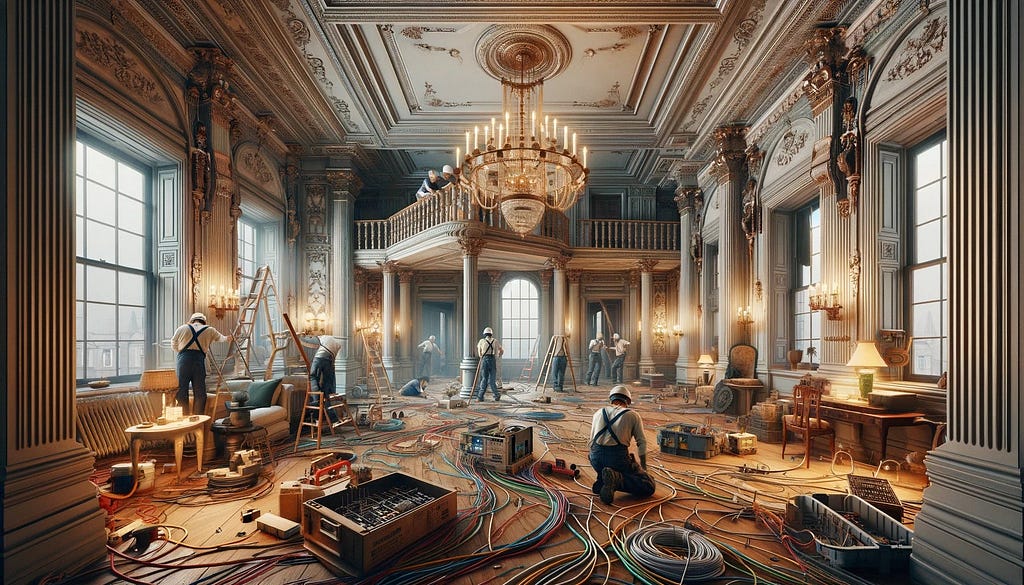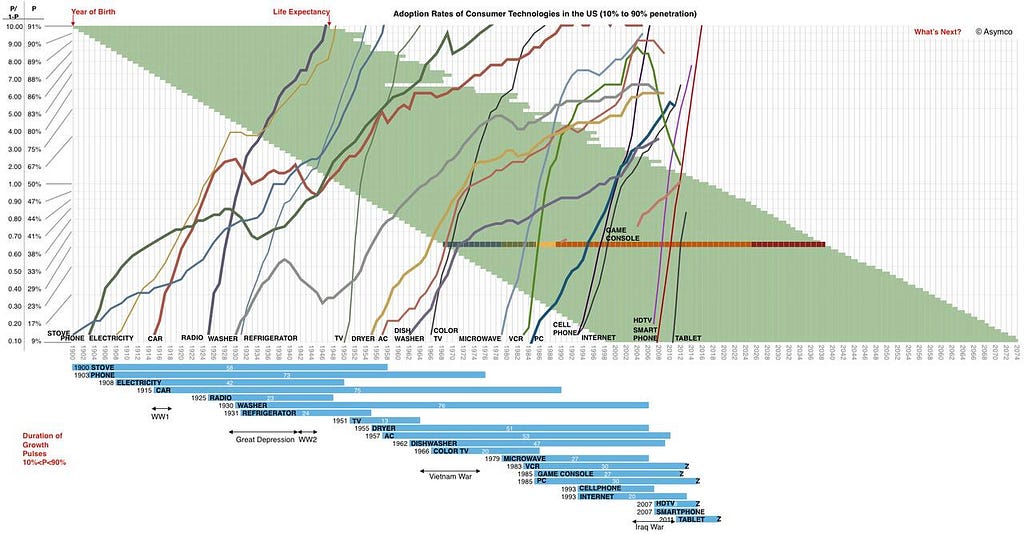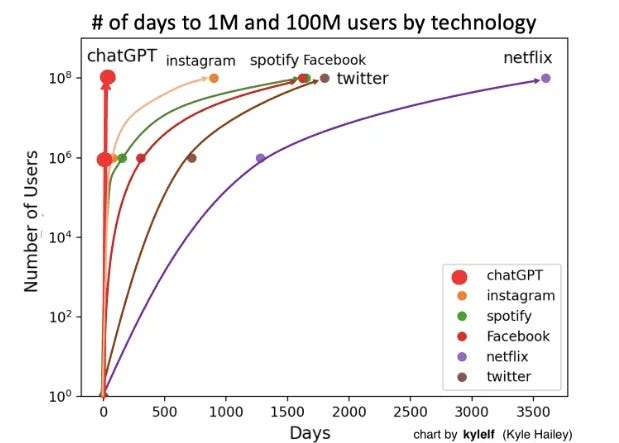“If the rate of change on the outside exceeds the rate of change on the inside, the end is near.” — Jack Welch
I grew up in the Irish countryside. My grandmother lived a field away from us in an old cottage. I remember how happy she was when she got running water, and we no longer had to fetch water from her well. I also remember when she got electricity. She lived on the verge of one of the main roads that went from Dublin to Belfast, cars used to speed by.
Over the years this metaphor marinated and came to maturity during a 3-part series with Harvard Professor Emeritus of Business Administration, Mike Beer. Mike’s latest book, “Fit to Compete” is about organisations developing strategic and capability fitness to compete in a changed business world. It is also about the “fit” between a desired strategy and the appropriate organisational culture. In the absence of that fit, any transformation effort will inevitably stumble and fail. They are the ingredients that inspired this week’s Thursday Thought.
Rewiring The House

From 1800 to 1900, everyday homes underwent a remarkable transformation due to a series of technological advancements. Today, we take them for granted from flushing toilets and built-in baths and showers to consistent postal services and lighting fixtures bright enough to light up entire rooms.
In the mid-1800s, homes were primarily lit using candles and oil lamps. The interior often featured elaborate chandeliers hanging from ceilings and sconces attached to walls, though these were typically reserved for special occasions. Regular activities after dusk were conducted under the light of portable sources like candlesticks, candelabra, and oil lamps, as well as by the glow of the fireplace.
Gas lighting of buildings and streets began early in the 19th century, with most streets in London lit by gas as early as 1816. But for half a century people distrusted gas and few homes used it. Gas lighting was only accepted once gas fittings were introduced in the new Houses of Parliament in 1859.
Fashionable townhouses were fitted with gas lights in each of the main rooms. By the close of the century, gas lighting was widespread in city homes, and electricity began to make its way into many households.
As 1900 approached, electric lighting was still at an early stage of development. In urban areas and larger towns, gas lighting was widespread, often complemented by candles and oil lamps. However, in smaller towns, villages, and rural areas, the primary sources of light continued to be candles and oil lamps almost exclusively.
This historical context parallels the gradual but significant shift in business practices, underscoring the importance of embracing innovation and updating operational ‘wiring’ to stay relevant in the modern world.
Technological Debt
Imagine your organisation as a stately mansion. You have inherited this beautiful building. It dates back to the 1800’s when electricity was not yet widespread. The mansion was built for its time, it was modern and fit for purpose inside and out.
Buying more candles, and installing candelabras and sconces is easy. That’s simply an extension of the current technology. However, this new technology gas means a slight rethinking of things, but I can ride both horses, and I can have a mix of gas, candles and oil (as long as I keep them separated).
I’m comfortable with my lighting technology, and my house looks wonderful.

Electricity presents a total revamp. This is not merely about a fresh coat, some new fixtures and an extension of the current paradigm. This new technology requires a rewiring of the entire home. This is messy, it is expensive and it means a “letting go” of familiarity and comfort.
The reluctance or delay in adopting new technologies is a form of “cultural” or “technological debt.” This is because sticking with outdated technologies or methods, while initially more comfortable or cost-effective, will inevitably lead to increased costs, inefficiencies, or disadvantages in the long run as the world moves forward technologically.
Rewiring Organisations

“Change is the law of life. And those who look only to the past or present are certain to miss the future.” — John F. Kennedy
We know change is not just an option; it’s a necessity. The environment we operate in is akin to a technological renaissance, constantly evolving and introducing new challenges and opportunities. Today, it is moving faster because today’s electricity is the internet and it just received an update: a powerful layer of artificial intelligence.
Just like a mansion requiring rewiring to support new technologies, businesses must adapt to shifts in market trends, consumer preferences, and competitive landscapes. This adaptation goes beyond superficial adjustments; it demands a deep, strategic overhaul of how businesses function. Organisations need to update capabilities, mindsets and cultures.
Often, businesses become comfortable with their traditional practices, overlooking the creeping obsolescence that such comfort breeds. Rewiring a business is akin to any architectural endeavour. It requires an understanding of which parts of the current structure are sound, which need refurbishment, and which should be completely replaced. This process begins with a thorough analysis of your current business model, technologies, capabilities and culture.
In the past, technological adoption was slow and we had time to enjoy our current advantage. Today, however, a competitive advantage is what friend of The Innovation Show and forthcoming guest Rita McGrath calls transient.

In the chart above you will see a gradual adoption of new technologies dating back to the phone and electricity. The adoption curve is slow and steady, so we have time to adapt. As we approach the far right, we see quicker adoption rates (as covered with Paul Nunes in our recent series on The Innovation Show).
Today, because the internet is like electricity and globally accepted and available, the rate of adoption can be immediate and thus empowering or devastating depending on which side of Schumpeter’s gale you find yourself. The adoption rate of chatGPT speaks for itself.

Thanks for Reading
This week’s Thursday Thought was inspired by our most recent episode with Mike Beer, we have a copy of his book, “Fit to Compete” which you can be in the hat to win by replying to this message.
You can find part one of that series anywhere you get podcasts or on YouTube below.
(Part 2 coming tomorrow 1st Feb 2024)
Rewiring For Renewal: Getting Your House in Order was originally published in The Thursday Thought on Medium, where people are continuing the conversation by highlighting and responding to this story.